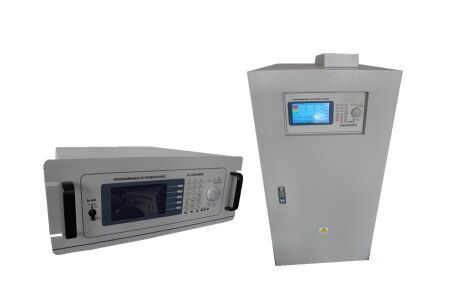The switching frequency is a basic parameter that affects almost every aspect of circuit function and performance in some way. Today we write from the perspective of inductor-based switches, but this does not mean that all information is not applicable to charge pump regulators.
When you consider the switching frequency, the first thing that comes to mind is conducted and radiated noise. Although the switching noise is eliminated by moving the frequency up and down, the noise problem can be reduced.

By adjusting the fundamental wave, you can "control" the noise so that it does not conflict with sensitive analog circuits or FCC emission limits(Importance of the Integrated Voltage Switching Voltage Regulator).
Using a higher switching frequency is sometimes an easy way to deal with noise, and the problem can be solved more effectively by adding a low-pass filter. However, it is necessary to ensure that noise is not pushed into the frequency band being used by RF circuits with lower emission limits or nearby.
We don't want to reduce the efficiency of our high-efficiency switching regulators just by choosing an inappropriate switching frequency. Higher frequency means lower efficiency.
Switch mode regulation is effective because it takes advantage of the low power consumption associated with the "fully on" and "fully off" states of the transistor. Significant power consumption occurs only in the middle region between on and off. If the transistor switches between on and off more frequently, more power will be wasted and efficiency will decrease.
The versatility and high efficiency of switching regulators make them an attractive choice for small battery-powered devices(three-phase voltage regulator). This means that the PCB area is sometimes a key factor in the design process.
Generally speaking, a higher switching frequency enables the converter's output filter to achieve comparable performance with lower capacitance and inductance values, and lower capacitance and inductance values correspond to smaller capacitors and inductors.
The noise part deals with the interference generated by the switching action of the converter, and then couples or radiates it to other parts of the system or nearby electronic equipment. This is different from "ripple", which refers to the periodic changes directly in the output voltage of the converter.
The importance of ripples varies by application. Digital circuits have high resistance to power ripple, but certain analog components also have high resistance, that is, those with good power supply rejection ratio (PSRR) at the relevant frequency.
It should be noted that if you increase the switching frequency, the ripple frequency may move up to a frequency band where the PSRR of the analog component is lower. In fact, this is very possible because PSRR will decrease as frequency increases.